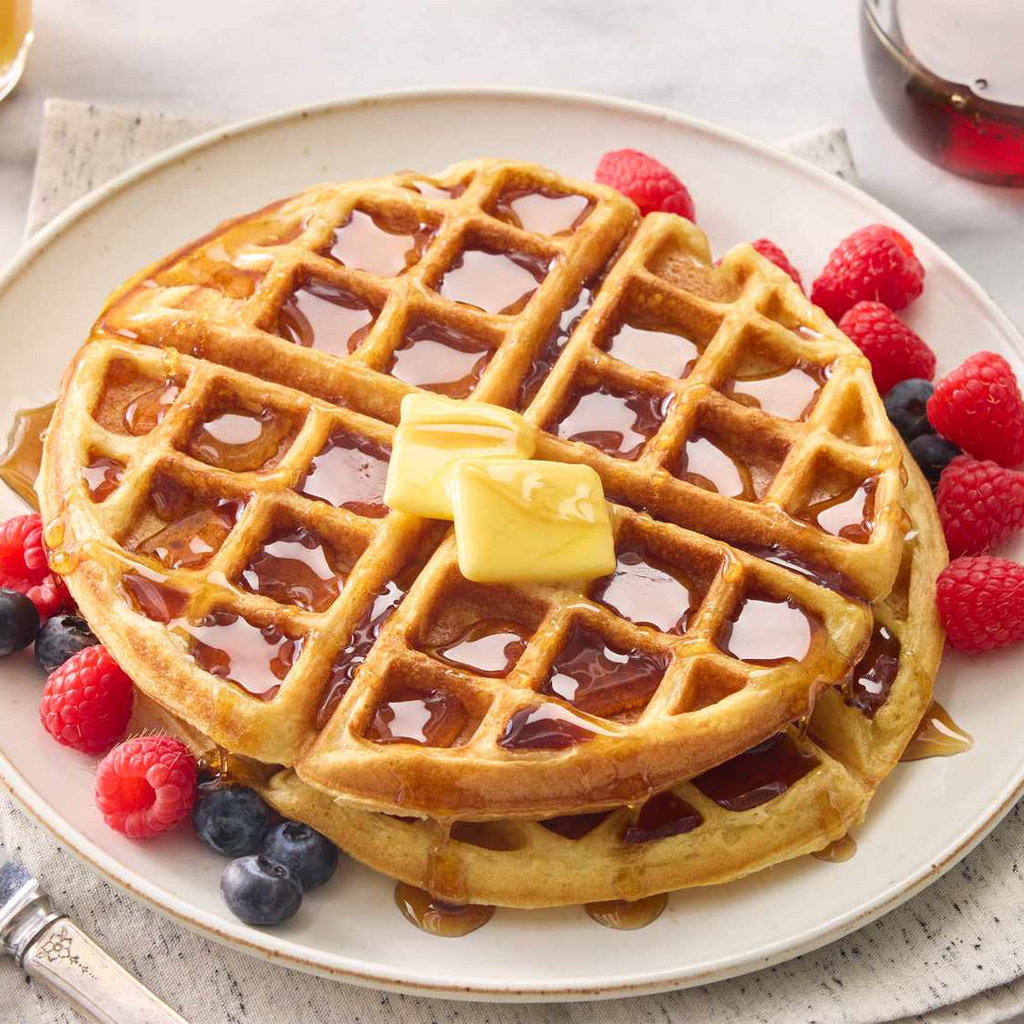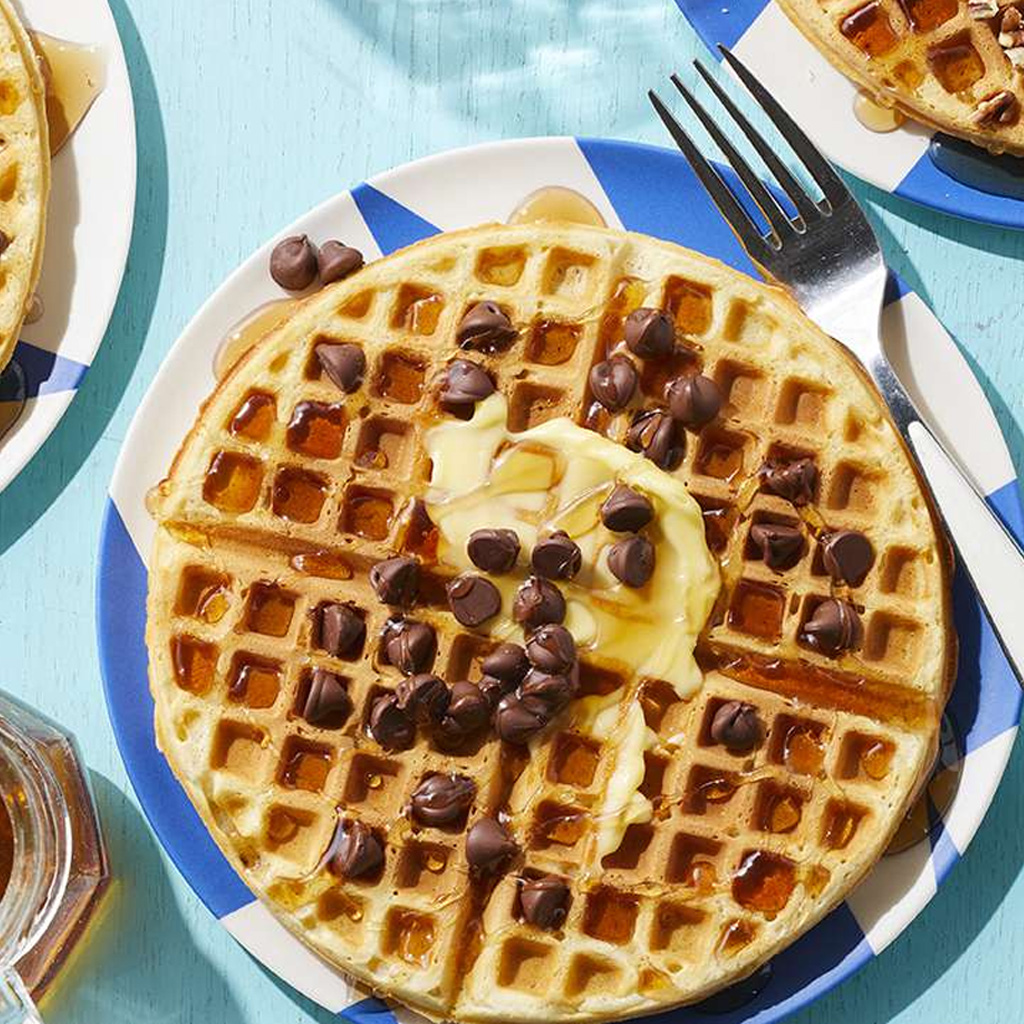Observation | Country Multipliers Makes Monetization Easier for Developers
Free Fire Shows Strong Momentum, with Its Revenue Overtaking PUBG Mobile in a Single Market for Q1 2021
How Much do you Know About the Game Minecraft?
The Next $1 Billion-level Match-3 RPG Mobile Game? Small Giant Games Releases New Zombie Theme
With monthly subscription of USD14.99 in Ubisoft, you can enjoy hundreds of 3A games!
How to Get Free Wi-Fi Networks Correctly and Safely?
Waffles have a long yet rich history that is seldom talked about. Initially, they were the European specialty of the middle Ages. There is evidence of the earliest waffle being cooked on iron plates above open fire.
They have become popular worldwide, with many different varieties and numerous ways of preparing them. These snacks are still close to our hearts, whether in the form of crisp Belgian waffles or their modern cousins’. But how did waffles come to exist the way we see them today? Let’s find out.
From ancient hotcakes to modern appliances
As mentioned before, waffles have ancient roots. More than 4,000 years ago, people baked pancake mix on top of heated stones. This was done in such a way that both sides could get heat.
Iron plates or griddles were heated and used for this purpose in the Iron Age. They were normally called obleios or wafers.
The first mention of a waffle recipe was at the end of the 14th century in a manuscript. The manuscript was called Le Ménagier de Paris. It was written by an anonymous husband for his young wife.
The manuscript contains four recipes that vary slightly from one another. Three other recipes discuss how cheese can be used differently: sandwiched between layers of dough, grated and mixed in, or omitted altogether.
However, it was not really a waffle because it lacked a leavening agent. The modern day waffle started developing during the 15th century. It featured a grid pattern and used leavening agents by the next century.
Waffles were sold as street food as early as 1603. Waffles came to America in the seventeenth century with Dutch settlers who settled in New York, New Jersey, and Pennsylvania.
The word “waffle” appeared in English in 1725. Recipes spread through England and America, based on Dutch, French, and Belgian versions.
The waffle iron was an original cast-iron unit with hinges and was used over open flames. Cornelius Swartwout from Troy, NY, patented a waffle iron on August 24, 1869.
This day is now National Waffle Day. General Electric introduced the electric waffle iron in the 1910s. By the 1930s, waffle irons were common kitchen appliances.

How waffle mixes and Belgian-style waffles shaped modern breakfasts
By the mid-1930s, several companies sold dry pancake and waffle mixes. These included Aunt Jemima, Bisquick, and the Dorsa brothers from San Jose.
The Dorsas would go on to invent frozen waffles, which they named “Eggo” in 1953. Now, manufacturers test waffles made with potato starch to improve stability and prevent sticking.
Belgian-style waffles featured at Expo58 in Brussels. Later, a Belgian took them to the U.S. during the Seattle World’s Fair of 1962.
However, they became popular at the 1964 New York World's Fair when another Belgian introduced "bel-gem" waffles. Today's "Belgian waffles" are a mix of American waffle types with some Belgian features.
Though many original recipes are lost, some 18th and 19th century varieties are still found in Northern Europe.

Some must-try waffle recipes to try
Now let’s take a look at some of the must-try waffle recipes that will let you enjoy the whole waffle experience. Though there are many different types, here are some of the most popular recipes to try out.
●Buttermilk waffles
Combine 2 cups flour, 2 tablespoons sugar, 1 tablespoon baking powder, 1/2 teaspoon baking soda, and 1/2 teaspoon salt. In a separate bowl, combine 2 cups of buttermilk, ½ cup of melted butter, 2 eggs, and 1 teaspoon of vanilla. Pour the wet mixture into the dry ingredients and combine them.
Finally, bake them in a preheated waffle machine till they are golden in color. It can be topped with fresh fruits, syrup, or whipped cream. These perfectly crispy yet fluffy waffles are classic with a tangy buttermilk flavor.
●Vegan waffles with apple cinnamon
Mix 1 1/2 cups flour, 2 tablespoons sugar, 1 tablespoon baking powder, 1 teaspoon cinnamon, and 1/2 teaspoon salt. In another mixing bowl, add ¼ cups of almond milk, ¼ cup of apple sauce, ¼ cup of vegetable oil, 1 table spoon of apple cider vinegar, and one table spoon of vanilla extract.
Combine the dry ingredients and add the wet ingredients before pouring the batter on a heated waffle iron. It can be served with cinnamon and maple syrup. These vegan waffles are fluffy with a hint of apple and cinnamon, perfect for a plant-based breakfast.

●Lemon Poppy Seed Waffles
Combine 1 1/2 cups flour, 1/2 cup sugar, 1 tablespoon baking powder, and 1/2 teaspoon salt. In another bowl, mix 2 eggs, 1 1/2 cups of milk, 1/2 cup melted butter, 2 tablespoons of lemon zest, 2 tablespoons of poppy seeds, and 1 teaspoon of vanilla extract.
Mix the two types of ingredients into a bowl and then pour into the preheated waffle oven.
Finally, garnish with lemon glaze or powdered sugar. These waffles are zesty and infused with lemon and crunchy poppy seeds, a nice adaptation of the usual recipe.
●Chocolate Chip Waffles
Mix 2 cups flour, 1/4 cup sugar, 1 tablespoon baking powder, and 1/2 teaspoon salt. In another bowl, whisk 2 eggs, 1 1/2 cups milk, 1/2 cup melted butter, and 1 teaspoon vanilla extract.
Combine wet and dry ingredients and fold in 1 cup chocolate chips. Cook on a preheated waffle iron. Serve with extra chocolate chips, whipped cream, or berries.
These waffles are a sweet treat with gooey chocolate chips, perfect for a special breakfast or brunch.
The waffles that we see today have endured centuries of transformation from their medieval European origins to a global breakfast favorite. From their humble beginnings, cooked on iron plates over open fires, to the modern electric waffle irons of today, waffles have evolved significantly.
The early recipes, found in manuscripts like Le Ménagier de Paris, laid the groundwork for the classic waffle. As waffles traveled across the Atlantic with Dutch settlers, their popularity spread, and innovations like the electric waffle iron transformed them into a staple of American breakfasts.